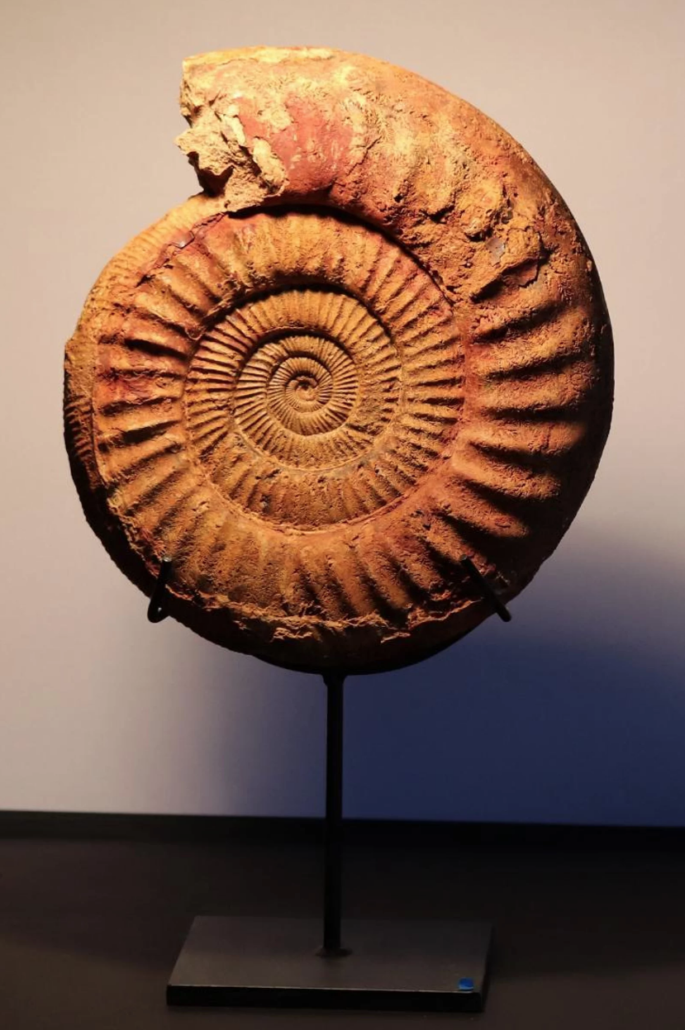
NEW YORK – There may not be a written record of Earth’s prehistoric times, but there are some fascinating tangible clues that tell the story of who and what inhabited the planet many millennia ago. All you have to do is hold a fossil or other naturally preserved specimen from ages past to realize there’s only one degree of separation between yourself and a living, breathing primordial creature. Such objects are best obtained from experts, such as those who curated Jasper52’s Dec. 27 auction. Absentee and Internet live bidding are available through LiveAuctioneers.
The 30-lot offering includes beautifully preserved, display-worthy examples of fossilized ammonites, trilobites, eggs and other specimens. The sale opens with huge 30cm Jurrasic, Oxfordian stage Dichotomosphinctes wartae ammonite on a custom stand (shown at top of page). Sourced in Madagascar, it weighs a massive 9.2kg, inclusive of stand. The estimate is $450-$650.
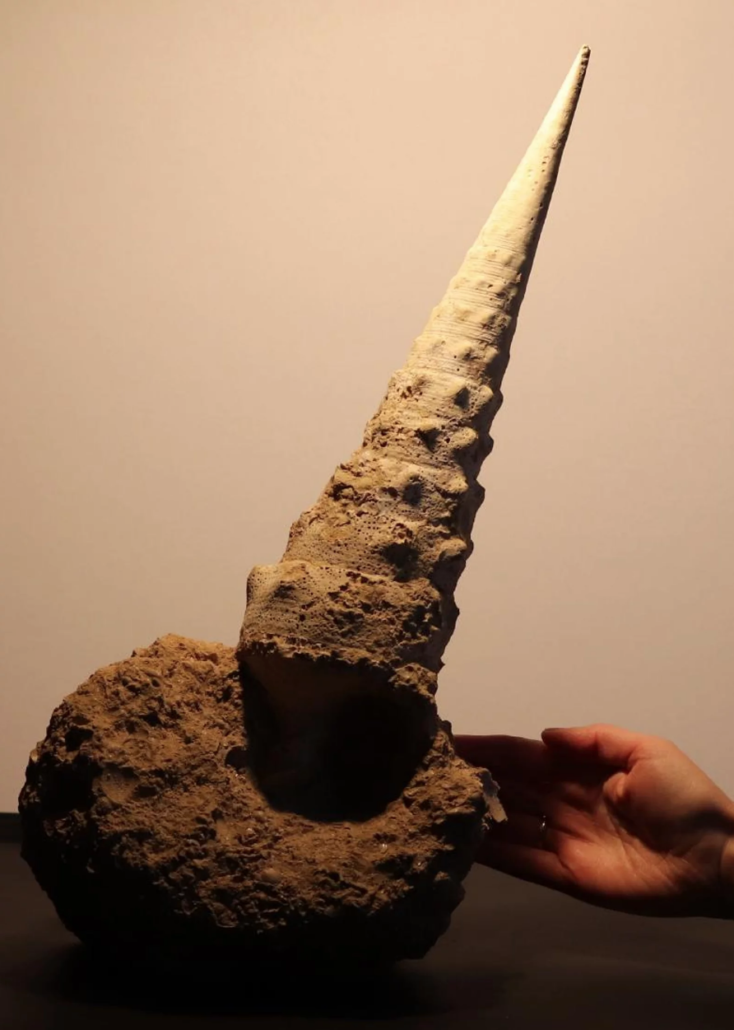
Immediately following is a fossilized Campanile giganteum (above), the biggest gastropod that ever inhabited Earth. Completely natural, this specimen found in France is from the Eocene Age, Lutetian stage. Estimate: $300-$450.
Discovered in Morocco, a fossilized Harpes Perradiatus (below) represents one of the rarer trilobites. It is completely prone and in excellent condition with absolutely no restoration. Dating to the Middle Devonian Age, Eifelian stage, it is expected to make $105-$195 at auction.
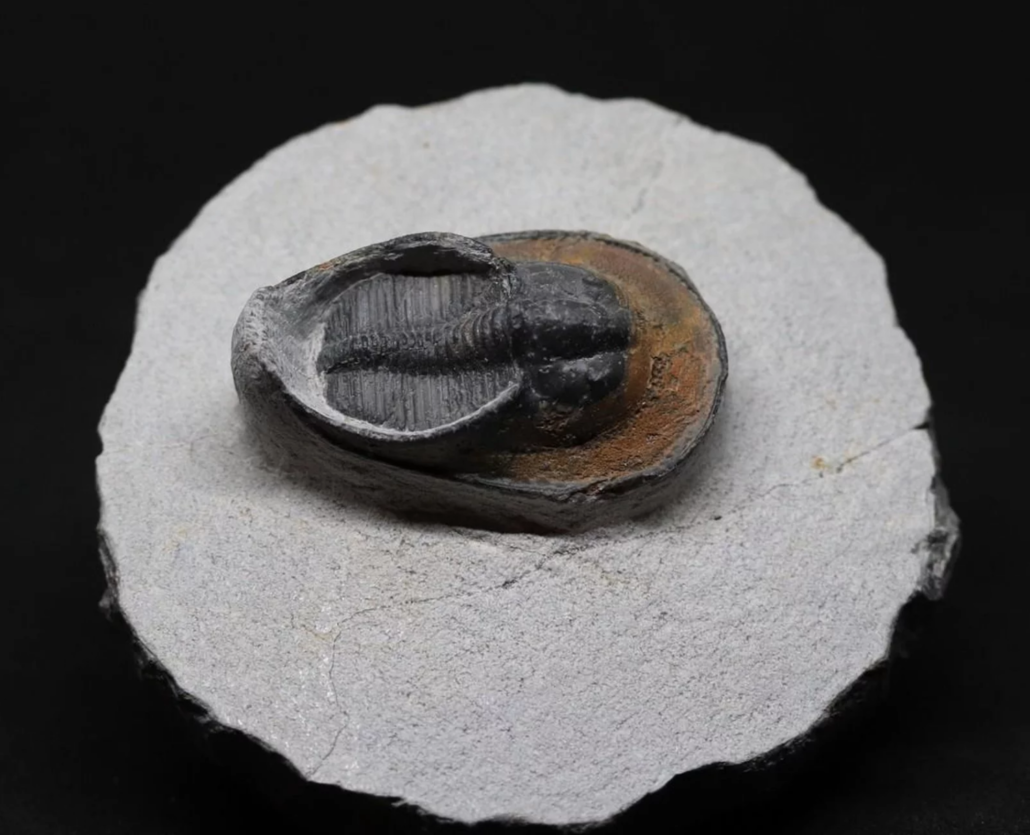
A remarkable fossil of Parascutella producta (shown below), informally known as sand dollars, date to the Miocen Age, France. The slab measures 20 by 21cm, and size of the largest ammonite is 6.7cm. The pre-sale estimate is $150-$500.
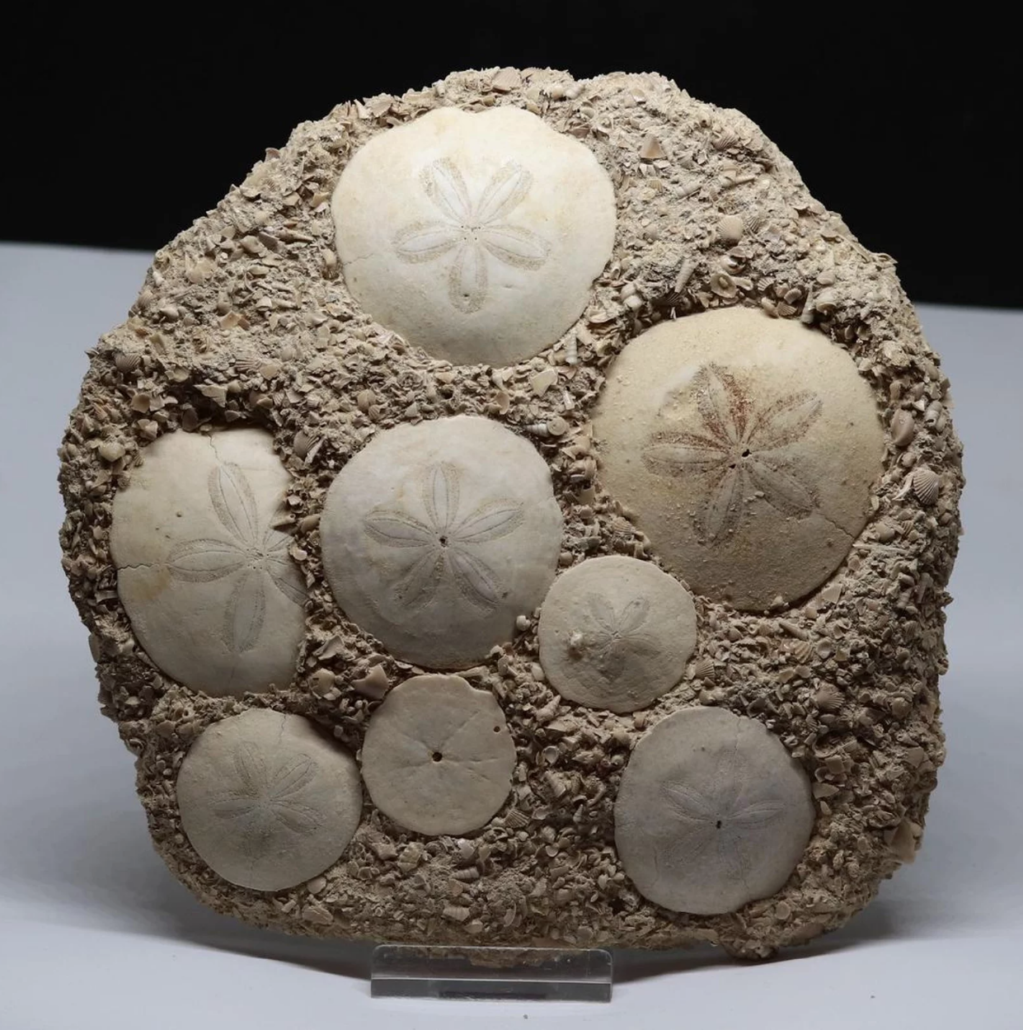
Three fish are captured in different attitudes on a natural matrix slab (shown below) from the Eocene Age, Green River Formation (Wyoming). Some might view it as a geological artwork as well as a natural history survivor. Estimate: $75-$125
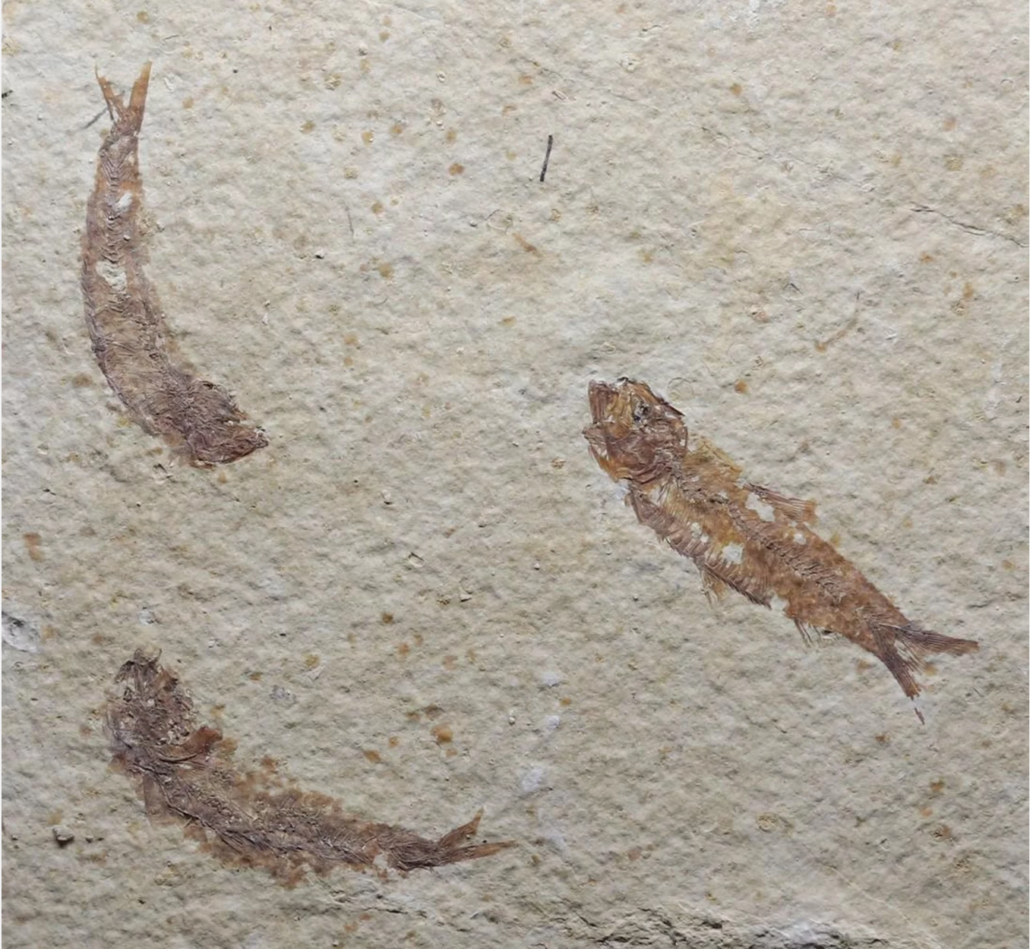
Expect to see a creature unlike any you’ve seen before in the fossil trilobite of a Ceratarges aries (shown below). Originating in Morocco in the Middle Devonian Age, Eifelian stage, this specimen displays free-standing spines and eyes, and it is in untouched original condition, with no restoration. Estimate: $400-$550
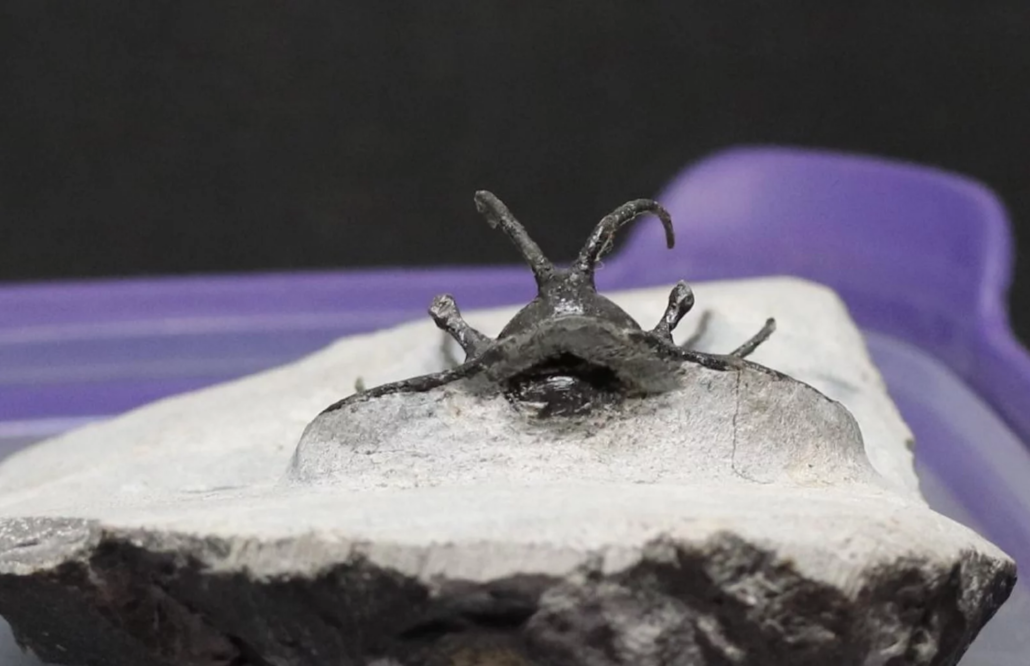
Bid absentee or live via the Internet through LiveAuctioneers on any lots in Jasper52’s Dec. 27 auction of Fossilized Ammonites, Eggs and More.
[av_button label=’View the fully illustrated catalog and bid through LiveAuctioneers.’ link=’manually,https://www.liveauctioneers.com/catalog/113827_fossilized-ammonites-eggs-and-more/’ link_target=’_blank’ size=’medium’ position=’center’ icon_select=’no’ icon=’ue800′ font=’entypo-fontello’ color=’theme-color’ custom_bg=’#444444′ custom_font=’#ffffff’ admin_preview_bg=” av_uid=’av-2ijq6i’]


